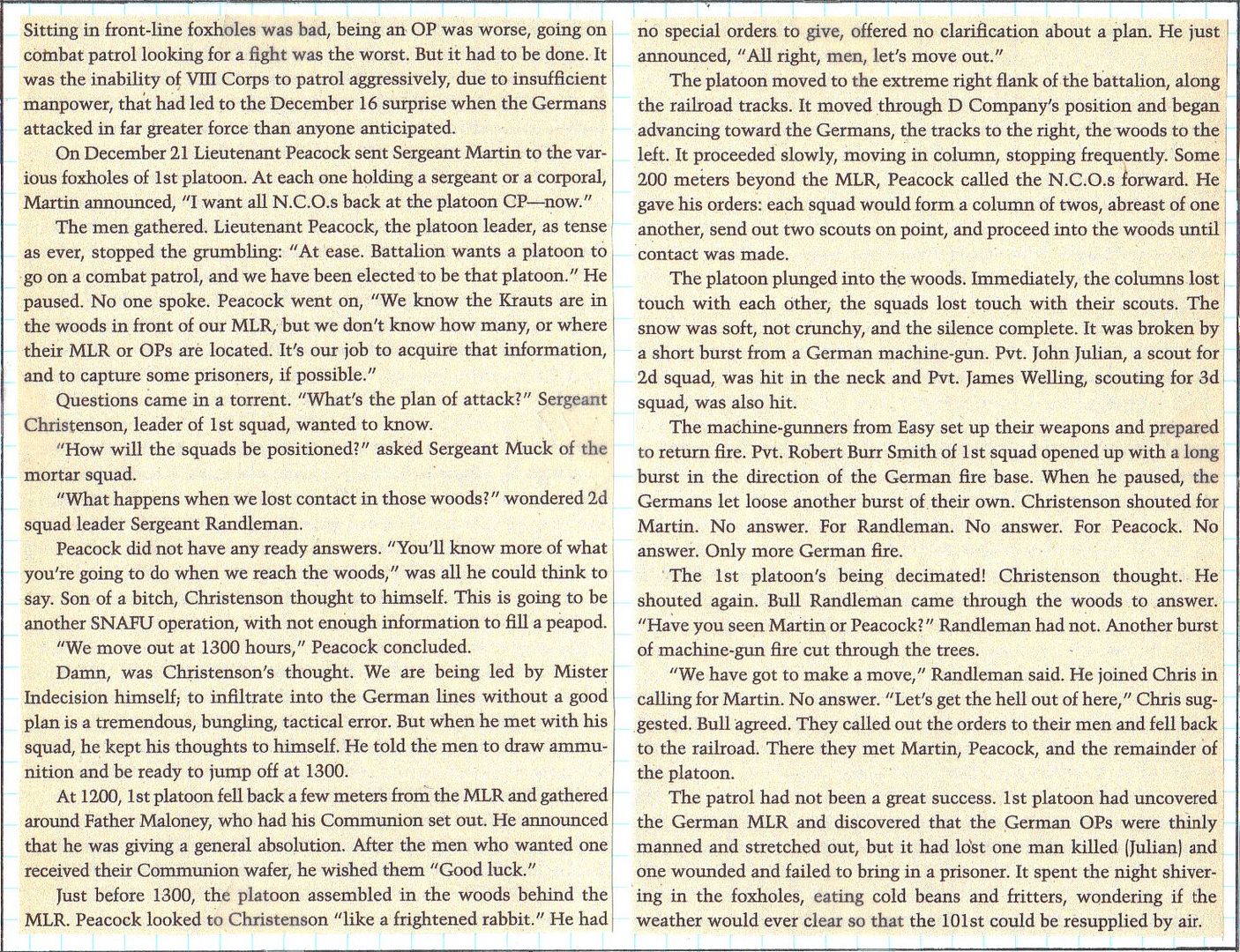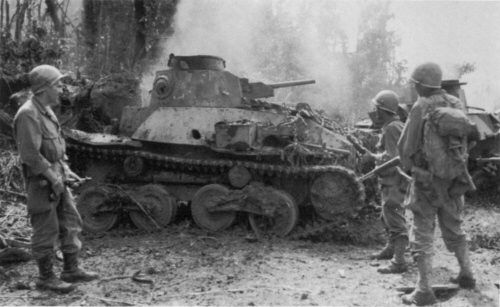
Stephen E. Ambrose, Band of Brothers

Major General H.W. Blakeley, USA, Ret., 32d Infantry Division in World War II


Now that the Ormoc Valley was secured, the majority of the remaining Japanese forces on Leyte had been forced into the northwest corner of the island. Sixth Army's next objective was to eliminate those enemy units and prevent their escape for future use elsewhere. Four U.S. divisions would now turn 90 degrees and push west off Highway 2 to the sea to finalize the capture of Leyte. The southernmost unit, the 77TH Division, would advance to seize Palompon, the last main port available to the Japanese. To the right (north) of the 77TH Division would be the 1ST Cavalry Division, then the 32D Division, and then the 24TH Division.
“The northwestern mountains of Leyte west of Ormoc Bay provided a difficult barrier to any movement toward the northwest coast. The area was the last one available to the Japanese either for escaping from Leyte or for staging defensive actions. In general, the terrain was rough, increasing in altitude from broken ground and low hills in the north to steep rocky ridges and high hills in the south. The northern part was either under cultivation or covered with cogon grass. Toward the south, the cultivated fields and grasslands were gradually supplanted by dense forests.” (Cannon 347)